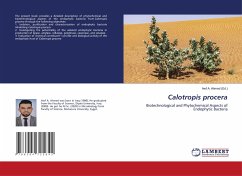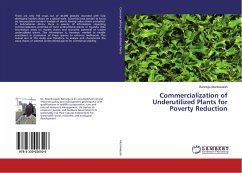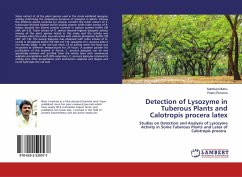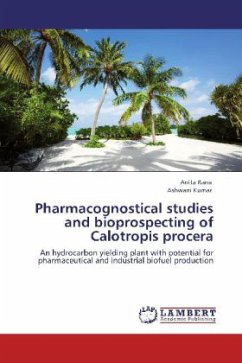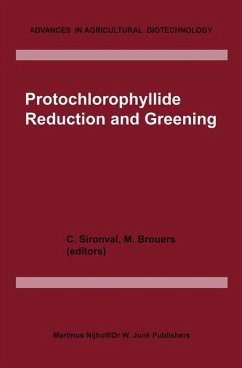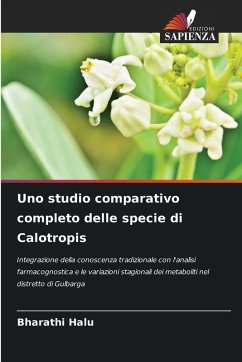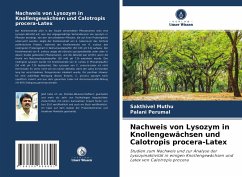
Toxicity Reduction Of Calotropis Gigantea During Biomethanation
Reduction of toxicity and biomethanation of 'Calotropis'
Versandkostenfrei!
Versandfertig in 6-10 Tagen
45,99 €
inkl. MwSt.

PAYBACK Punkte
23 °P sammeln!
Calotropis a laticiferous xerophyte, is a potential source of biogas with the following features: a perennial shrub, distributed in the tropical and subtropical areas in all types of soils and environmental conditions, requiring no cultivation practices and not grazed by animals. Inspite of all these advantages, the toxic secondary metabolites were feared to be the hindrance for utilizing the biogas residue as manure. Hence, the reduction of toxicity during biomethanation was assessed in this study. For the assessment, the qty of biogas generated, phytochemical changes and macronutrients durin...
Calotropis a laticiferous xerophyte, is a potential source of biogas with the following features: a perennial shrub, distributed in the tropical and subtropical areas in all types of soils and environmental conditions, requiring no cultivation practices and not grazed by animals. Inspite of all these advantages, the toxic secondary metabolites were feared to be the hindrance for utilizing the biogas residue as manure. Hence, the reduction of toxicity during biomethanation was assessed in this study. For the assessment, the qty of biogas generated, phytochemical changes and macronutrients during biomethanation, natural bacterial population in the rhizoplane and rhizosphere, antagonistic activity of Calotropis on the rhizosphere bacteria and the reduction of some toxic secondary metabolites were analyzed. When Calotropis biomass was used as a substrate for biomethanation, quick initiation, prolonged generation and higher production of biogas occurred. Hence, Calotropis biomass can be used as a source of biogas to solve the energy crisis. To manage the fertilizer demand, the fermented residue with rich plant macronutrients and reduced toxins can be safely used as manure.



